What do you do on a graphic design course?
The graphic design course that I studied at NUA was generally focussed around packaging and brand identity, but it encouraged any student to push boundaries in the design field.
For instance, realising an idea in moving image or even designing an app in conjunction with a project. There were plenty of tutors in the studio, all of which had worked in the industry as designers. I found that the frequent group discussions we had aided my ability to present to a group of peers and also take and respond to criticism of my work.
You had a set number of projects in each year of study. Including areas such as posters, packaging, brand identity, editorial and campaigns. Alongside this you were encouraged to enter competitions briefs, where design studios would come in and set their own brief to all the design students, with the intention of finding fresh talent.

In my final year I took part in the Brand Opus Chrysalis Brief, they asked us to come up with an alcohol brand that was based on a specific location. This was an exciting chance to stand out and potentially challenge alcohol brands that were being sold at the time. I decided to challenge the flavoured vodka market, by introducing a premium natural apple vodka to the market. It was based on Wistman’s Wood, a druid forest situated in Devon that is renowned for its stories of spirits and mysterious sightings.
This not only had to be a sophisticated product that appealed to the younger adult market. The materials used for the bottle gave a tactile experience for the user and the brand experience I created invited them to discover an exciting world of mystery and wonder.
I love thinking of fun and fresh ideas, this project gave me the perfect opportunity to do so.
Mark Byford

When should you look to get some work experience?
Just before finishing my degree I decided that I needed some work experience, so I could gain an understanding of what it would be like to design in the real world. It is completely different to university.
When comprising the emails that you send out, make sure you tailor each email to that specific company. It’s quite easy to get into a habit of copy and pasting one email over and just changing a few bits. The majority of the time they will be able to spot this from a mile away, this isn’t genuine and doesn’t look at all professional.
Tailor your projects to the company. Show your interest in the company, research into their work and create connections to your practise and theirs. This shows how well you will fit into their team. This is a time for your personality to shine. It is best to communicate concisely rather than waffle on. They won’t have the time to read through an extremely long email.
Always remember, designers have very busy schedules so they might not see your email first thing, I’ve had to follow up emails more than once to get a response before. They will get plenty of emails come through each day and yours can easily get lost among them.
Be polite in the wording of your email, always appear friendly. Try your best to find out the recipient’s first name when addressing them so the email appears personal and not generic, they are likely to appreciate the effort you have gone through to find this out.
Lastly, make sure you attach your most recent portfolio before sending it off!
It’s easy to forget.

What to expect on a design internship
I started my internship period in Brighton. It was at a small, premium alcohol, packaging agency. I love the crafting and finishing that goes into alcohol bottles and I had worked on projects that related to their line of work.
As this was only a short internship of a few weeks I wasn’t given many huge projects to work on. This was a small team of about six designers, and they had no new briefs come in while I was there. The majority of my time there was spent doing finishing touches and adjustments to ongoing work. It was a great way to see their standard of work and how a smaller agency works day in day out.
I then moved onto London for my second internship. This was at a slightly larger sized agency that specialises in brand identity. Things were slightly different going here as I was given more responsibility.
I was given the opportunity to come up with my own ideas in response to a new brief that had come in. This required me to come up with a variety of different routes for each of the three themes, this was completely new to me after having given so much time to work on briefs at university. This put me out of my comfort zone, but I am glad it did as it pushed me to work faster and more effectively.

Whilst here I was often contributing to group meetings and sharing my ideas with the whole design team and other teams within the company. This started to feel real to me, I knew what was expected of me as a junior designer.
One of the last internships I did was at a large design agency in London. This was the longest internship I had done so I was given more time to be heard and to get to know all the employees that were there.
Whilst working here I had to work on briefs from larger, commercial brands so the expectations were higher. This was definitely harder to stand out because there were already quite a few junior designers working there. There were also a number of different creatives that had been working there since it was first formed years and years ago.
I learned a lot from the long-serving designers during my time there. It was great because they did things like mornings where someone would come into lecture on a specific topic while you had breakfast. And on some Fridays, we would stop half an hour earlier and talk about the projects we have been working on.
It was a very relaxed environment at times and although it seemed daunting at first, the team ended up being so helpful and thankful for my time spent there with them.
Interning also gives you the opportunity to make connections, even if they aren’t hiring, they may well know someone who is looking to hire a junior and pass your details on, so always leave a good impression.

How do you find a design internship?
I was surprised by the number of design studios/agencies that were willing to offer graduates work experience. Even if the internship doesn’t pay well or you end up having to spend all your hard-earned money on travel, it is completely worth it for the experience, skills, and knowledge you gain from your time working there.
Most junior positions will be looking for at least 1 years’ experience in the industry. All agencies operate in different ways so it’s good to get a variety of them lined up.
Get these done as early as you can so you can sort out something straight after you graduate. Once I graduated, I had no idea what size of design studio I wanted to work in, so I tested the water before jumping straight in at the deep end. I interned at smaller boutique agencies and larger agencies that worked with commercial clients. This helped me to understand not only where I wanted to work but also what area of graphic design, I wanted to work in.
When looking around for internships I started off by finding studios that I would fit into. If you go onto their website and find a section saying something like ‘Careers’ you will often find what you want there. It will usually say something like ‘Always looking for new talent’ if they are wanting interns.
If you can’t find a designer’s personal email or the email for recruitment, it would be a good idea to ring them up to get the right contact. You will find that not every studio will advertise their job vacancies on a job site, quite a few will be on their own website.

What does interning teach you that University does not?
Don’t be precious with your ideas as they will constantly be tested or rejected. You can work on a project for a long period of time and put all your efforts into it. But if the original idea doesn’t communicate in the end, that is wasted effort.
When you are given a project brief you want to jot down every last idea, even the ones that sound silly as these could be the unspoken gems that give a piece of design that edge that they are looking for.
Think fast and work quickly because even in your first meeting they will expect you to have a lot to bring to the table. Always show your first drafts as sketches. Designers are graphic thinkers and they understand ideas better when they are in their simplest form.
One thing that is similar is the number of projects you will have to work on simultaneously. In the industry you will have to juggle projects, just like you did at Uni. There are usually new briefs coming in often. You are also expected to make quick changes a lot too.
Some clients can be demanding, not understanding the amount of time that has gone into one job. And want you to get things done for them at an instant. You’ve just gotta roll with the punches because it varies from client to client.

What do you wish you had known in the first year of Uni?
Don’t worry so much about the grades in first year as this is a time to build your character and style so learn as much as possible.
I wish I had attended more extra-curricular sessions during this time too. This might have put me a step ahead in the later years of my degree. In your first critique it is likely that your first ideas will get shut down straight away. Nobody is an expert to start with so persevere and take constructive criticism as you will look back and thank those tutors who pushed you and got you to think differently about your own work.
There is plenty of time in your second and third years to get your head down. These are the projects and grades that count. We were so lucky at NUA to have guest speakers come in and lecture us on their experience every week. Most of the time these were past graduates of the university. Even if you are hungover from the previous night, it is worth going to all the lectures that are available. After all you are paying for this!
In the second year, the course is usually designed to get you to develop and experiment with your practice. This is the time to get your head down. There is time to go out but prioritise your work and don’t let your deadlines slip.
It is best to complete your work on time and hand it in before the deadline if you can. I wish I had been more organised in this way as I would have been less stressed every year.

This is a time to find out what you are good at, what specifically you are interested in, and would consider taking a job doing. This can all change so don’t worry if you still have no clue at the end of the second year. As for group meetings, attend as many as possible so you become known by all the tutors. If you keep a positive relationship with your tutors, they will be more likely to offer opportunities to you and will see that you are passionate about being a designer. This could affect your third year if some of your second-year tutors continue to teach you.
As for the third year, this should give you the opportunity to polish your craft. Getting your work to industry standard. It allows you to initiate your own projects.
For our course, we were able to showcase our best project work at the degree shows but I know other universities may get you to do one final major project, with smaller projects on the side.
There was a larger focus on getting you set up for a junior design job, I took all the advice I could from my tutors and I still refer back to it to this day. When industry designers came in to brief a competition they would often hang about after the lecture they gave. If you get this opportunity, take it. They will be able to give you an insight into what they are looking for in the work that is submitted. Attending these are somewhat more valuable than anything your tutors tell you as they know what it is like in the current industry. They are also up to date on design trends. If you do get to talk to designers, ask lots of questions, and make a good impression. You never know who might be interviewing you when you decide to intern.
Third-year gave me the opportunity to showcase my portfolio and work at various events. One of which included a portfolio night where designers from design studios came to hunt for fresh talent and they did interviews on the spot if they liked you. Likewise, D&AD New Blood Festival gave us a similar opportunity, but this was a bigger event. These events are great exposure for you as a designer.

What could Universities focus on when preparing students for the creative industry?
I was rather lucky as my tutors had an abundance of industry contacts to get us started off. Make sure you do this early before graduating, if you leave it till the last minute someone will have gotten in before you and secured an internship. One thing they didn’t tell me was how much competition there was going to be, not only are you competing with the students at your Uni but usually every other student from top universities around the country.
Industry deadlines are tighter and you have to be fast on your feet with everything. Universities should give students enough contact time with tutors, I feel this was crucial to the development of my design practice and approach. Sometimes you think you have this great idea, but tutors can spot what isn’t working and will discuss how you can take a different approach or improve your idea. Without this, you might work really hard for three years then realise that none of your work is of the industry standard. And this will set you below other candidates who had the right coaching from their tutors.

Top tips for students
Firstly, always take every last opportunity that the university gives you and get involved. You will regret it in third year if you don’t. I am speaking from experience, where some students had gotten in contact with design studios in their second year and arranged internships for the summer. This can give you a foot in the door when it comes to your final year and you are looking for a junior position.
Secondly, take time to build connections with students from other art and design disciplines as you never know when you might need the help of a photographer, film student or illustrator. This includes socialising in first year as much as you can but find a balance as education and practical learning are important too.
Show up to every critique and feedback session as this allows others to highlight design flaws, suggest improvements and potentially enhance your idea. I can’t stress enough how much this helps when you have a creative block, it only takes an outsider’s perspective to help your idea find its feet again. These group critiques get you ready for the real world. Where you are constantly having to come up with more and more ideas, so always have plenty of different routes.
Take part in competition briefs, both on your own and in teams. The design world is a cut-throat industry where you will always be competing against other students to get a job and other creatives when you are in a job. These competitions will give you the opportunity to stand out as an individual and give you an idea of industry expectations. They also give you exposure if you get selected and put you on the radar.
When in the hiring process, studios want to see that you aren’t just a one-trick-pony, so make sure you have a wide range of different projects that can display a variety of practical skills. They also want to see that you can go out of your comfort zone. As for the final year, it is very stressful so get prepared to work yourself to the bone. I was expected to have at least five completed projects under my belt, I would say that they prefer to see four completely polished projects than six or seven rushed ones.
I found that hiring managers didn’t ask what grade I achieved, it is hugely about your personality and your ability to communicate your ideas and your confidence in them.
So, don’t worry if you don’t achieve the highest degree, it’s all about your portfolio of work and what you can bring to the table, a number isn’t a display of talent.
Guest Author:
Name: Mark Byford
Age: 23
Current Job title: Freelance Graphic Designer
Company name: Self Employed
Creative Sector: Graphic Design
University Attended: Norwich University of the Arts
Course Studied: BA (hons) Graphic Design
Year of graduation: 2019
Connect with Mark on Tern Heads or via social media:
Website: https://markbyforddesign.myportfolio.com/
Instagram: @markbyforddesign
LinkedIn: https://www.linkedin.com/in/mark-byford-196b97185/
👉 If you would like to post a guest blog on our page, please email info@ternheads.com and use the subject line ‘Guest Blog’

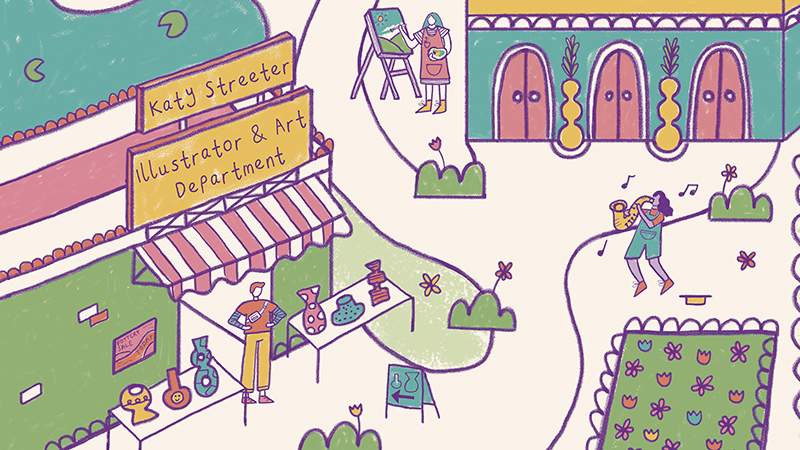

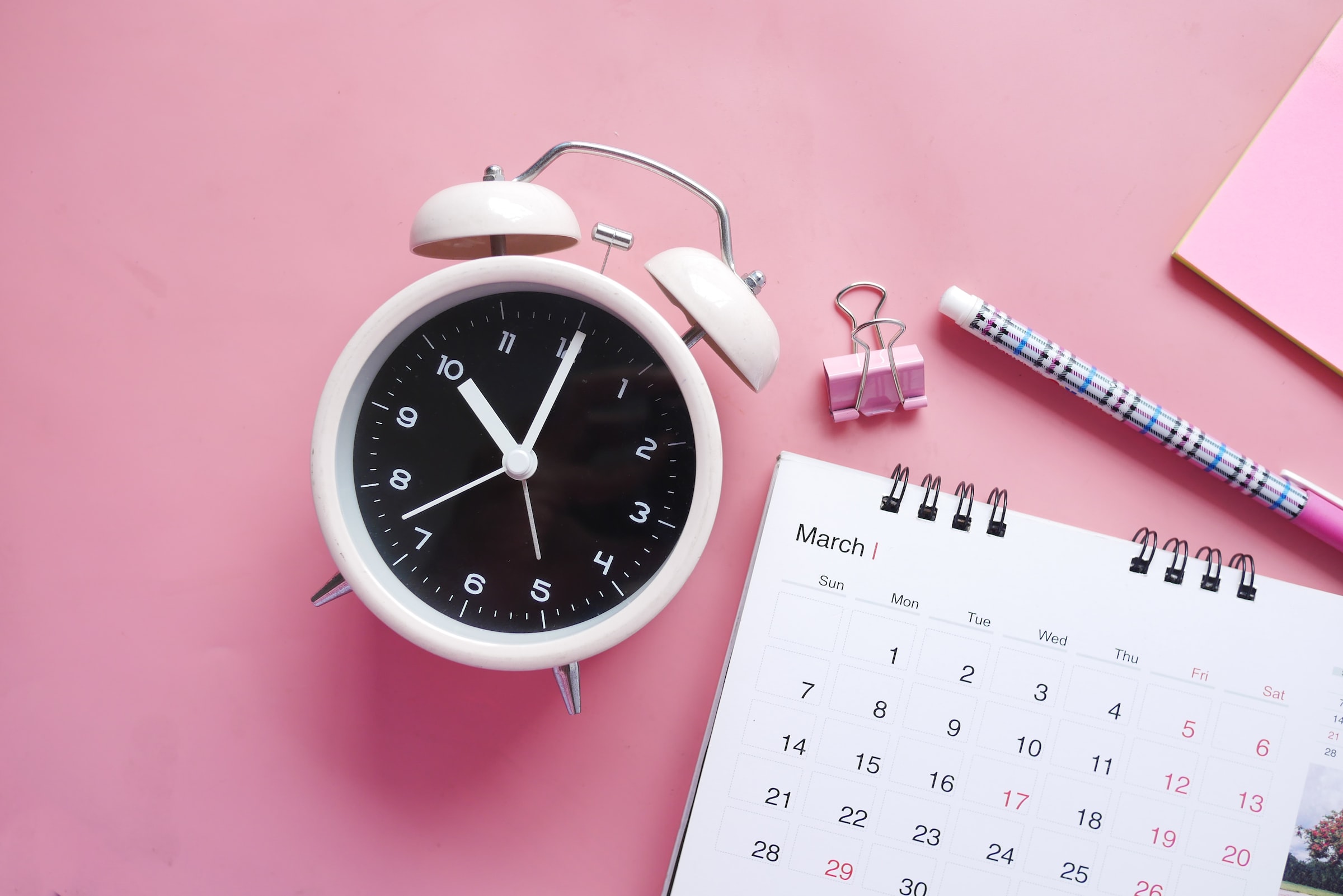

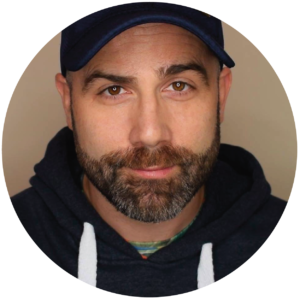
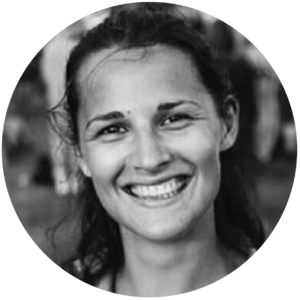







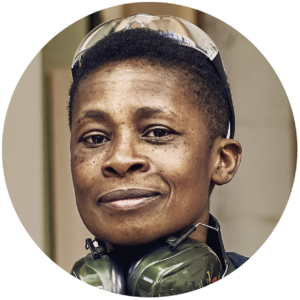




Responses